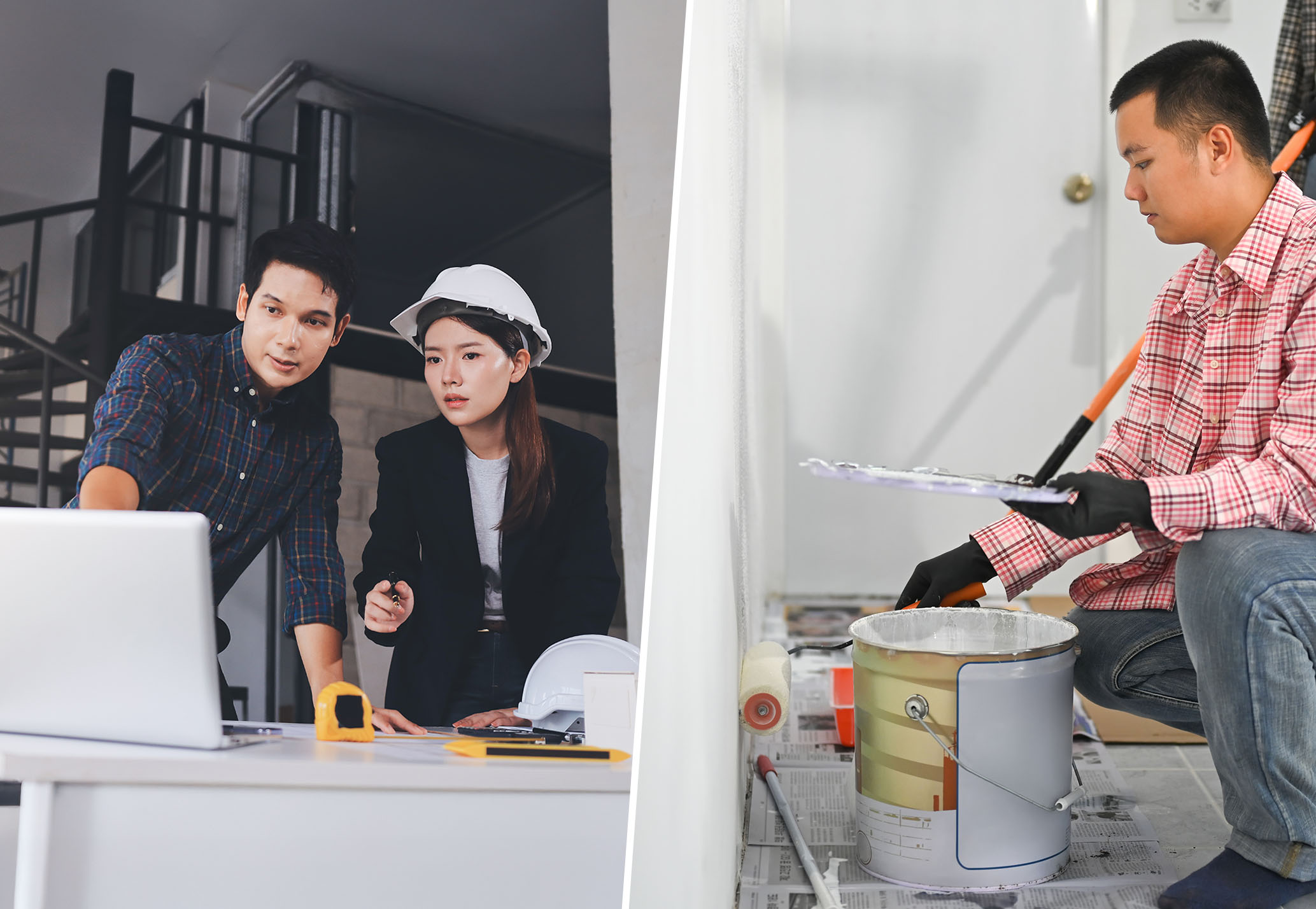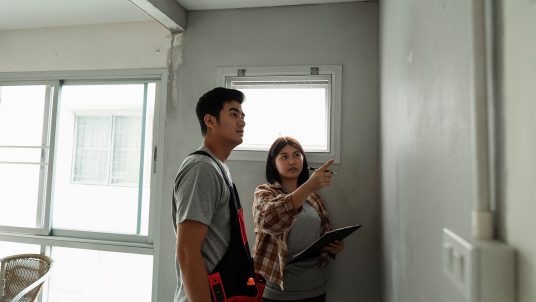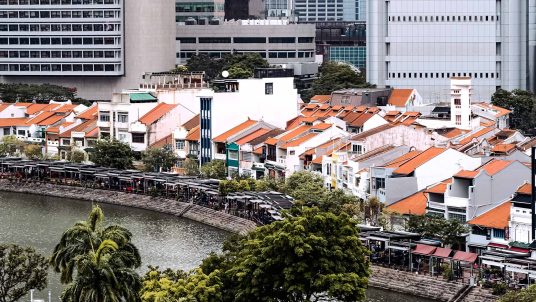If you’re planning to improve your Singapore home—whether it’s an HDB flat, condo, or landed property—you need to know whether your project is considered construction or renovation. These terms are often mixed up, but in Singapore’s strict regulatory environment, understanding the distinction is crucial for compliance, cost, and project success. This guide explains what sets them apart, what each process involves in Home Renovation Singapore, and how emerging trends are shaping the industry in 2025.
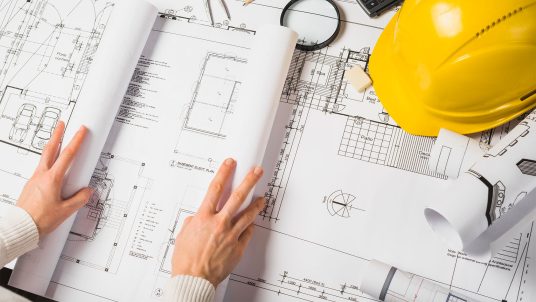
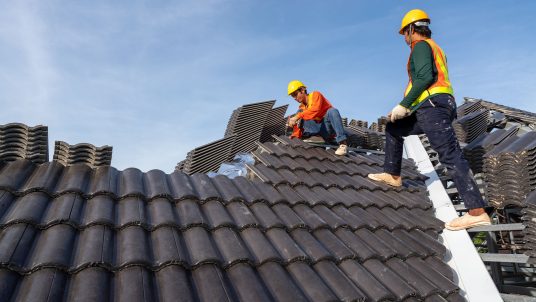
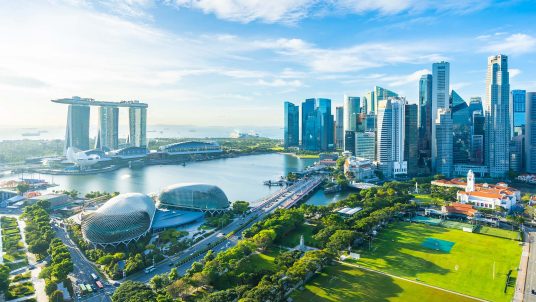

What Is Construction?
Construction involves creating a new building from the ground up, or completely replacing an existing structure. In Singapore, construction projects include:- Building a new house (especially for landed properties)
- Demolishing an old structure and erecting a new one
- Major structural works like adding extra storeys, changing the building’s form (e.g., from semi-detached to detached), or rebuilding most of the property
When Is Construction Needed?
1. Total rebuilds of landed properties 2. Addition of new building components (beams, columns, external walls) 3. Expanding beyond original footprint 4. Projects that change the building’s useWhat Is Renovation?
Renovation, especially in the context of Home Renovation Singapore, means upgrading, modifying, or improving an existing building without tearing it down or altering its fundamental structure. Renovation is the go-to for most HDB flat owners, condo residents, and landed homeowners who want to refresh their interiors without the complexity or cost of a full rebuild.Renovation typically includes:
- Cosmetic upgrades: Painting walls, replacing flooring, installing new fixtures, updating kitchens or bathrooms
- Layout changes: Removing non-load-bearing walls, combining rooms, or improving spatial flow (with some limitations for HDB flats)
- System upgrades: Replacing electrical wiring, plumbing, or air-conditioning systems

Key Differences Between Construction and Renovation
| Aspect | Construction (New Build/Rebuild) | Renovation (Home Improvement/Upgrade) |
| Scope | Build new or mostly new structure | Improve, refresh, or modify existing one |
| Structural Changes | Yes—major, often load-bearing | Usually not, unless minor hacking |
| Permits | BCA/URA approvals mandatory | HDB/condo management approval, BCA if structural |
| Cost | High (new materials, labor, permits) | Moderate (materials, finishes, labor) |
| Duration | Months to years | Weeks to months |
| Regulatory Oversight | Extensive (BCA, URA, NEA) | Less for non-structural work |
| Common in | Landed property rebuilds, new estates | HDB flats, condos, minor landed upgrades |
Special Cases: Reconstruction, Additions & Alterations (A&A), and Refurbishment
Reconstruction falls between construction and renovation. It’s major work—like replacing the roof, adding a storey, or rebuilding large parts of a house—but keeps some of the original structure. URA considers it reconstruction if the work affects more than 50% of the gross floor area or involves significant structural changes (e.g., new columns, beams). These projects require BCA approval. Additions and Alterations (A&A) are a type of renovation—minor changes like adding an attic, replacing flooring, or hacking non-load-bearing walls, without new structural elements. A&A works can’t increase the gross floor area by more than 50%. For these, HDB or condo management approval is usually sufficient, unless structural work is involved. Refurbishment is another term you’ll hear in Home Renovation Singapore. It refers to refreshing the look and function of a space—repainting, replacing fixtures, or sprucing up finishes—without changing the layout or structure. It’s the fastest and cheapest way to give your home a new look.
Regulations for Home Renovation Singapore: What You Need to Know
Singapore’s renovation and construction sectors are among the most regulated in Asia. Here’s what you must consider:- For HDB flats: Most interior renovations are allowed, but structural changes (e.g., hacking walls, altering plumbing) require HDB approval. Changing the flat’s layout may need a permit, especially if it affects the building’s safety or appearance.
- For condos: Management committee approval is needed before starting any work. Structural changes may also require BCA permits.
- For landed homes: Minor changes are usually allowed, but major works—especially those affecting the building’s structure or external appearance—require URA and BCA approval.
- Environmental Rules: The NEA enforces strict rules on noise (work hours), waste disposal, and dust control. Violators can face fines or stop-work orders.
Current Trends in Home Renovation Singapore (2025)
Singapore’s renovation scene is evolving rapidly, driven by tech, sustainability, and changing lifestyles. Here are the trends shaping Home Renovation Singapore this year:1. Smart Home Integration
More homeowners are installing smart lighting, automated blinds, and AI-powered home systems. These upgrades are often part of renovation packages, especially for tech-savvy Singaporean families.2. Sustainable Materials and Practices
Eco-friendly flooring, low-VOC paints, and energy-efficient appliances are in demand. Renovators are also focusing on waste reduction and recycling during projects—key concerns for NEA compliance.3. Open-Concept and Flexible Layouts
With space at a premium, open-plan living remains popular. Renovation now often involves removing partitions (where allowed) and using multi-functional furniture to maximize every square meter.4. Wellness-Focused Design
Post-pandemic, homeowners want spaces that promote mental and physical health. Think natural light, indoor plants, and dedicated wellness corners—all achievable through targeted renovation.5. Heritage and Restoration
For older properties, restoration (preserving original features while upgrading systems) is gaining traction, especially in conserved shophouses and black-and-white bungalows.6. 3D Visualization and VR Walkthroughs
Tech-savvy renovation firms now offer 3D renders and virtual reality tours before work begins, helping clients visualize the end result—a big selling point in Home Renovation Singapore.How to Choose the Right Service for Your Project
- For HDB/condo upgrades: Focus on renovation—cosmetic changes, minor hacks, and system upgrades by licensed contractors.
- For landed property upgrades: Decide between renovation (A&A), reconstruction (major but not total rebuild), or construction (total rebuild). Consult a Qualified Person for advice and permit applications.
- For heritage homes: Consider restoration to preserve character while meeting modern living standards.

